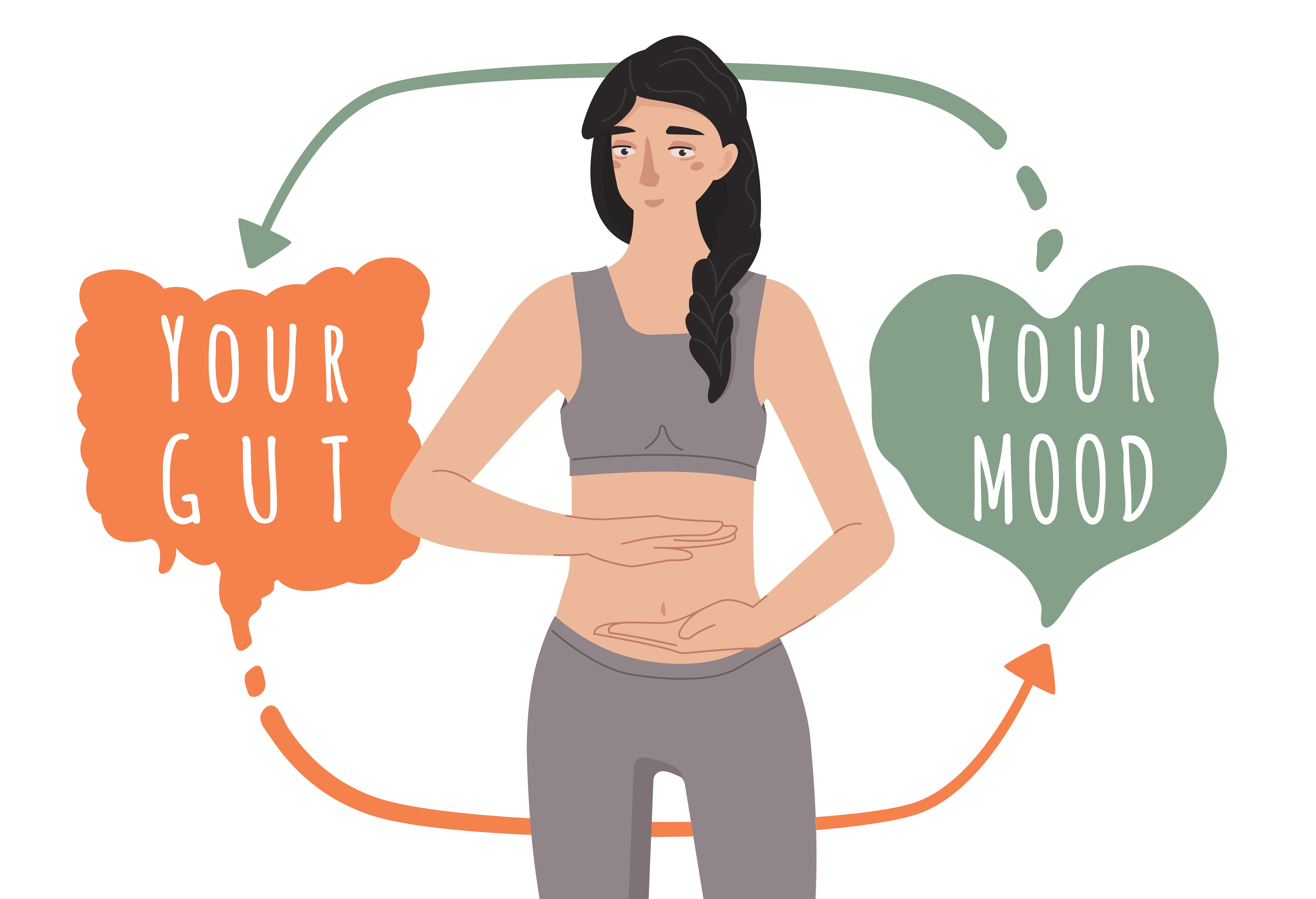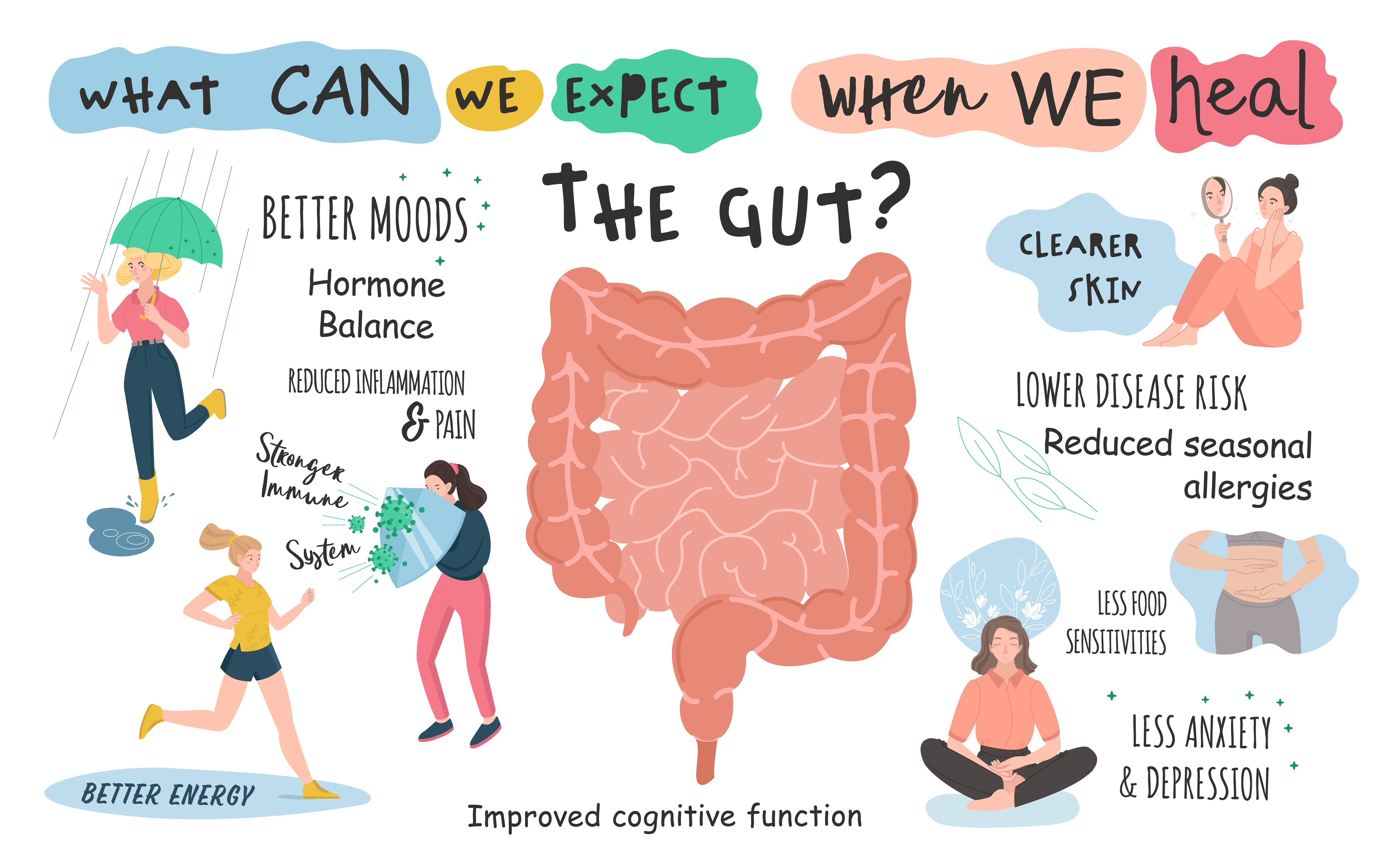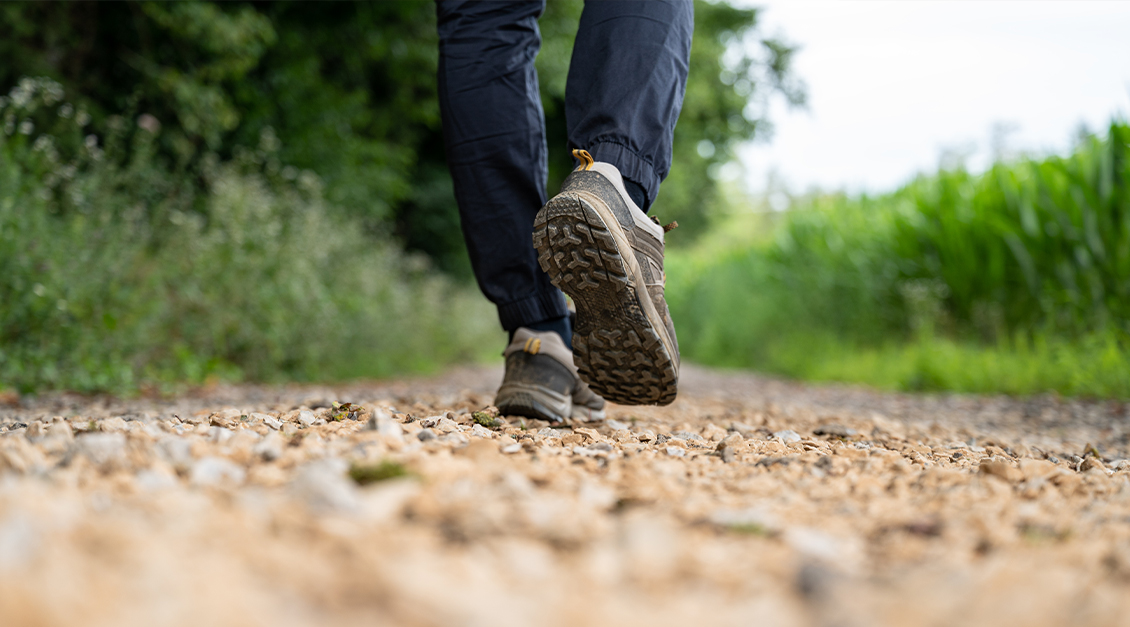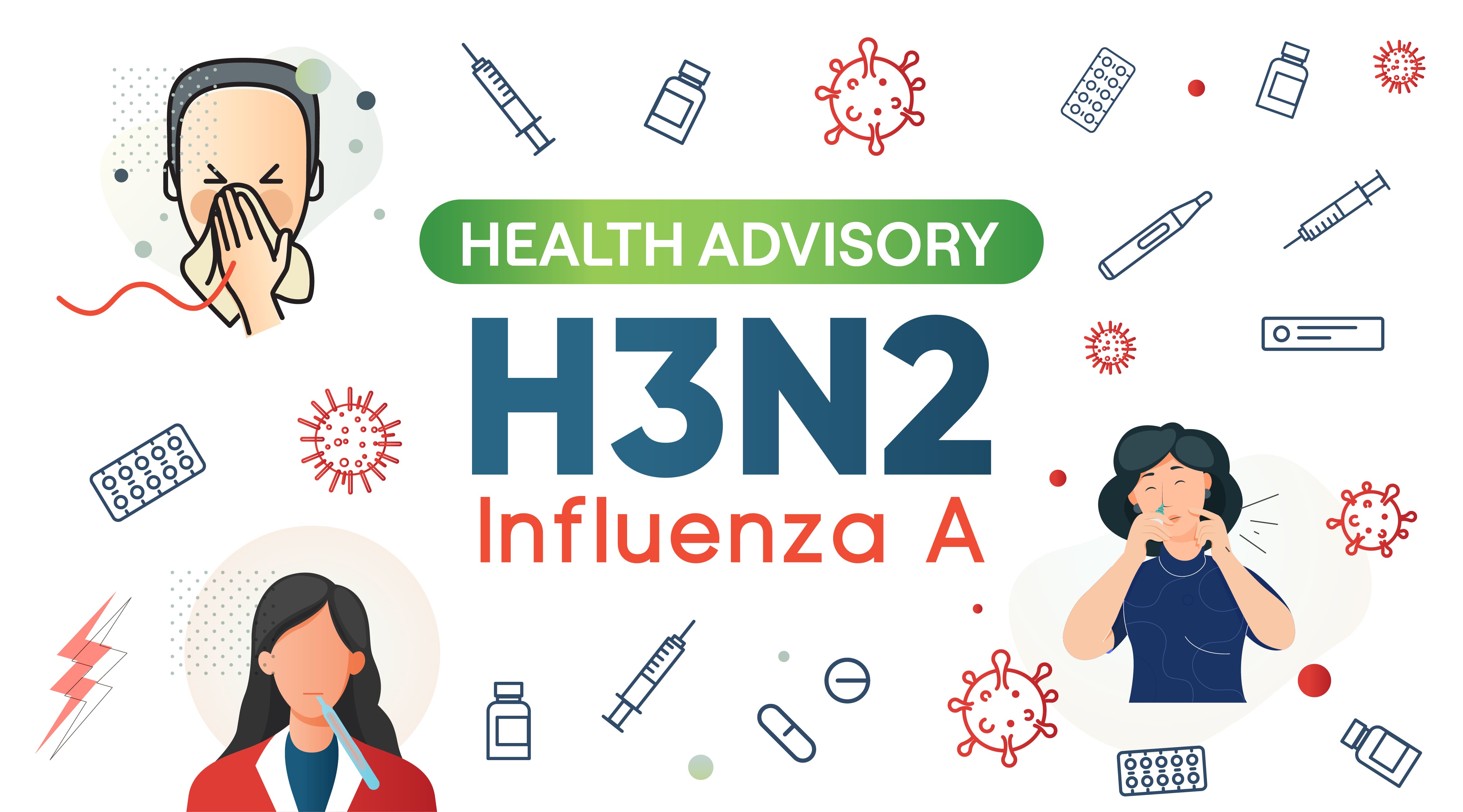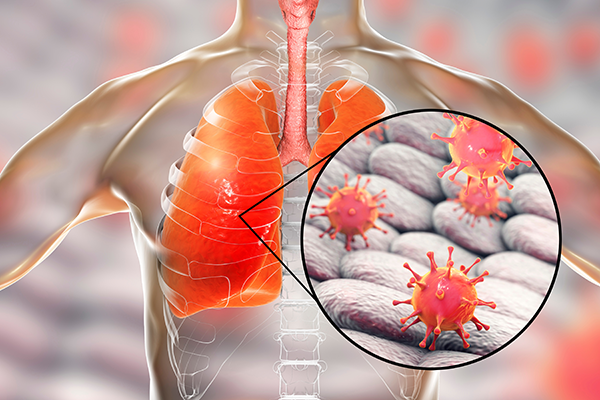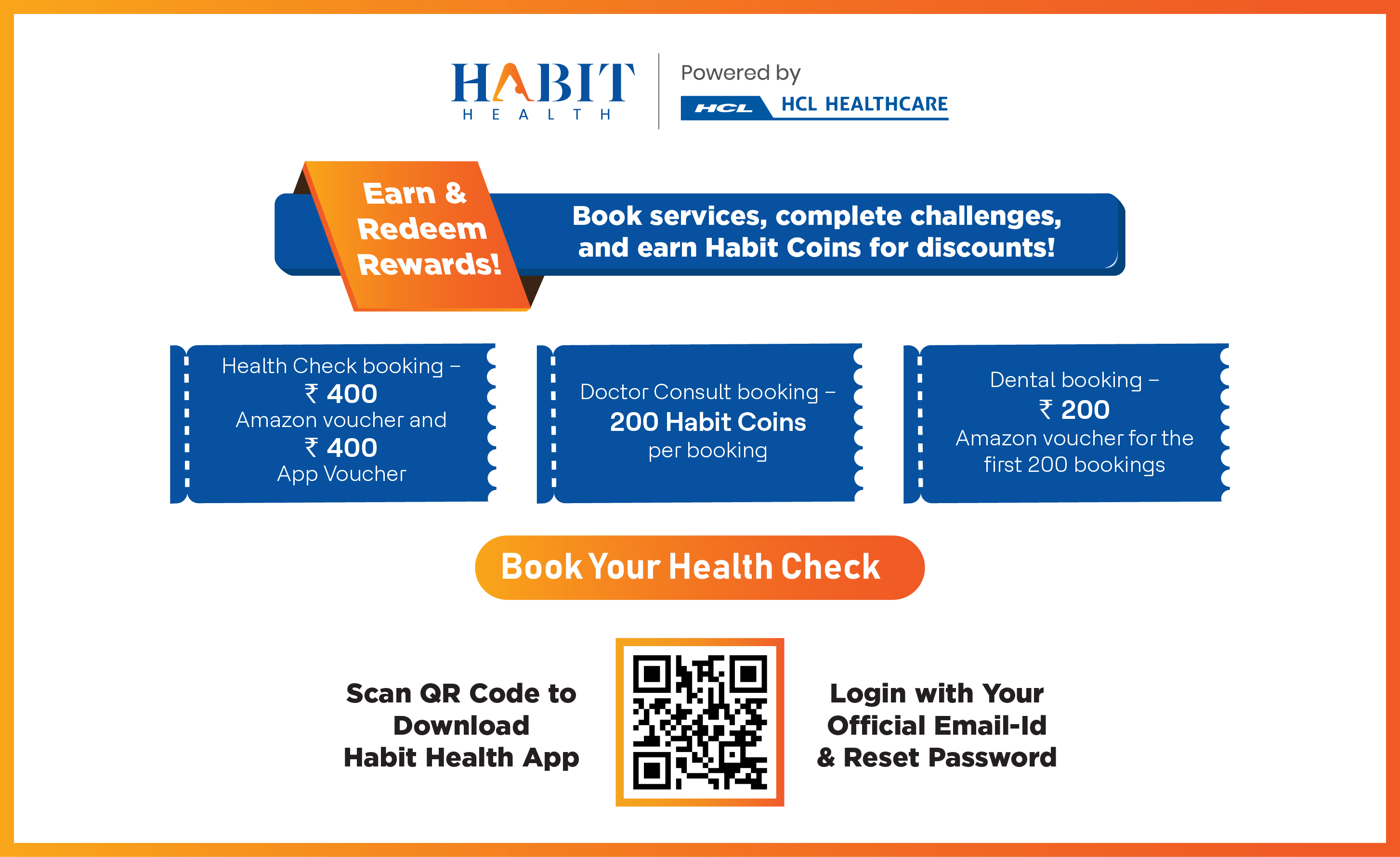One out of every 10 women in India is affected by hormonal imbalance. The figure reflects a health crisis that has largely been ignored in not just India but globally too. What's more, is that it's very common for these hormonal irregularities to go undetected. According to a 2018 report, around 70% of the women who participated in a study on hormonal imbalances were unaware of conditions like Polycystic Ovary Syndrome (PCOS) that might have occurred due to irregular hormonal levels in their bodies.
Hormones are your body’s chemical messengers, and they are produced by the endocrine system which regulates all biological processes including metabolism, growth, development of organs, and reproduction. By definition, a hormonal imbalance refers to the underproduction or overproduction of a hormone. Your body produces more than 50 different hormones that support various biological processes throughout your life. Think of hormonal imbalances like a recipe – too much or too less of any ingredient is bound to affect the taste.
How does hormonal imbalance impact your health?
Depending on the hormone, the impact of any kind of irregularity in their level on one's health can range from nominal to chronic risk. Contrary to popular belief, hormonal imbalances also affect men. Given how hormones have a bearing on one’s overall health, any disruption in their production can result in a wide array of symptoms. Here’s a list of common symptoms that can indicate a potential hormonal imbalance:
- sudden weight gain or loss
- irregular menstrual cycles among women
- mood swings
- fatigue
- constipation /diarrhea
- muscle aches
- changes in heart rate
- sweating
- frequent urination
- depression /anxiety
- infertility
- skin issues
- poor sleep
- inability to tolerate cold or warm temperature.
- tingling and numbness in hands
As these symptoms are also quite common, it's easy to underdiagnose or misdiagnose hormonal imbalances. It's also why one should consult a doctor if any of these symptoms persist.
Common kinds of hormonal imbalances
As hormones are interconnected in their functions any imbalance in their levels can often lead to multiple disorders. Depending on the hormone, even the symptoms can be far-reaching. Here are a few of the common kinds of hormonal imbalance:
- Estrogen: Estrogen is one of the two sex hormones present in the body. Its primary function is to regulate reproductive development in women. Doctors say that abnormal levels of estrogen might cause symptoms like migraines, mood swings, anxiety, fatigue, low sex drive, fibroids in the uterus and fibrocystic lumps in the breast, heavy or light periods, weight gain, especially around the hip and waist, hot flashes and night sweats are the symptoms of low estrogen.
- Testosterone: Disruption in testosterone levels is among the most common examples of hormone imbalances in men. It can lead to issues like erectile dysfunction, sleep issues, depression, low sperm count, and bone loss.
- Thyroid: The thyroid gland is in the front of your neck across the trachea. Its key functions include regulating metabolism, growth, and development. Disorders like hyperthyroidism occur when the gland produces too much of the thyroid hormone. In contrast, when the gland produces too little of the hormone, then it is called hypothyroidism.
- Cortisol: If you ever feel stressed, this is the hormone you should blame. Produced by the adrenal glands, cortisol's main function is to help your body respond to stress. When you experience stress, the body produces cortisol to help you stay alert and deal with the situation. However, in cases of chronic stress, the adrenal glands may work overtime to release excessive cortisol.
- Insulin: The hormone is released by the pancreas and its key function is to regulate the body's glucose levels. The hormone helps glucose from the blood enter cells, where it is converted into energy. An insulin imbalance along with certain lifestyle factors like excess consumption of sugar, stress, and lack of exercise can lead to high blood sugar and even Type 2 diabetes.
What causes hormonal imbalance?
Finding out the answer to this question is like opening Pandora's box. From poor gut health to weight gain to genetics to malfunctioning of the endocrine system, there are a wide array of reasons that might lead to disruption in hormonal activity in your body. According to healthcare experts, hormonal imbalances tend to be more common among women as their bodies go through different phases of growth like puberty, premenstrual syndrome, pregnancy, and certain medications.
At the same time, lifestyle factors like lack of exercise, stressful lives, and increased intake of processed food and sugar also tend to upset hormonal activity and cause health issues.
“Hormones are powerful things & we are helpless in their wake. Good health is all about striking the right balance, so you need to find that first. You can even start with something simple like managing stress as the more you worry, the more you throw away the balance of hormones required for good health," says Dr. Disha Thakwani, Senior gynecologist, HCL Healthcare
The good news is that in most cases you can get your health back by consulting a doctor and following a healthy lifestyle. These changes might not be easy, but they can go a long way in ensuring that you live a healthier and more fulfilling life. Here are a few easy lifestyle hacks to get you started:
- Eating a nutritious meal. Rather than opting for crash diets, prefer a balanced diet to keep your hormones in check.
- Take it easy. Fretting over a deadline or the pile of chores waiting for you at home is only overwhelming your endocrine system.
- Keep a tab on the coffee runs and your alcohol intake.
- Smoking can kill but before that, it can cause fluctuations in your hormonal activity. Multiple studies have linked cigarette smoking to irregular hormonal secretions.
Depending on the kind of hormone, a medical expert would be able to help you get your health back in order. Doctors also suggest regular blood tests to detect any disruption in hormonal levels early on.


